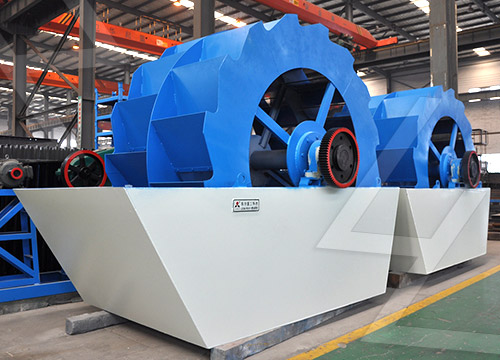A Raymond mill is commonly used in bentonite wet processing plants for grinding and drying bentonite into fine powder. Below is an overview of how a Raymond mill integrates into a bentonite wet processing plant, along with key considerations:
1. Bentonite Wet Processing Overview
Bentonite is a highly absorbent clay, often processed in two forms:
– Sodium bentonite (swelling type, used in drilling, foundry, and pet litter)
– Calcium bentonite (non-swelling type, used in ceramics and agriculture)
In wet processing, bentonite undergoes:
– Mining & Crushing → Raw bentonite is mined and crushed.
– Mixing & Slurry Preparation → Bentonite is mixed with water to form a slurry.
– Purification (Optional) → Impurities are removed via sedimentation or hydrocyclones.
– Drying & Grinding → The slurry is dried and ground into fine powder (using a Raymond mill or other grinding equipment).
– Classification & Packaging → The final product is classified by particle size and packed.
 2. Role of Raymond Mill in Bentonite Processing
2. Role of Raymond Mill in Bentonite Processing
The Raymond mill (or pendulum roller mill) is ideal for grinding dried bentonite into fine powder (typically 80–400 mesh). Key features include:
– Drying & Grinding Simultaneously: If the bentonite has been pre-dried (e.g., via rotary dryer), the Raymond mill can further grind it.
– Adjustable Fineness: By adjusting the classifier speed, different mesh sizes can be achieved.
– High Efficiency: Suitable for medium-fine grinding with low energy consumption.
 # Typical Raymond Mill Specifications for Bentonite
# Typical Raymond Mill Specifications for Bentonite
| Model | Grinding Ring Diameter (mm) | Max Feed Size (mm) | Output (t/h) | Fineness (mesh) |
|——–|—————————-|——————-|————-|—————-|
| 3R2715 | 270 | ≤15 | 0.5–3 | 80–325 |
| 4R3216 | 320 | ≤20 | 1–6 | 80–400 |
| 5R4119 | 410 | ≤25 | 2–12 | 80–400 |
3. Wet vs. Dry Processing Considerations
– If the plant uses a wet process, the slurry must




